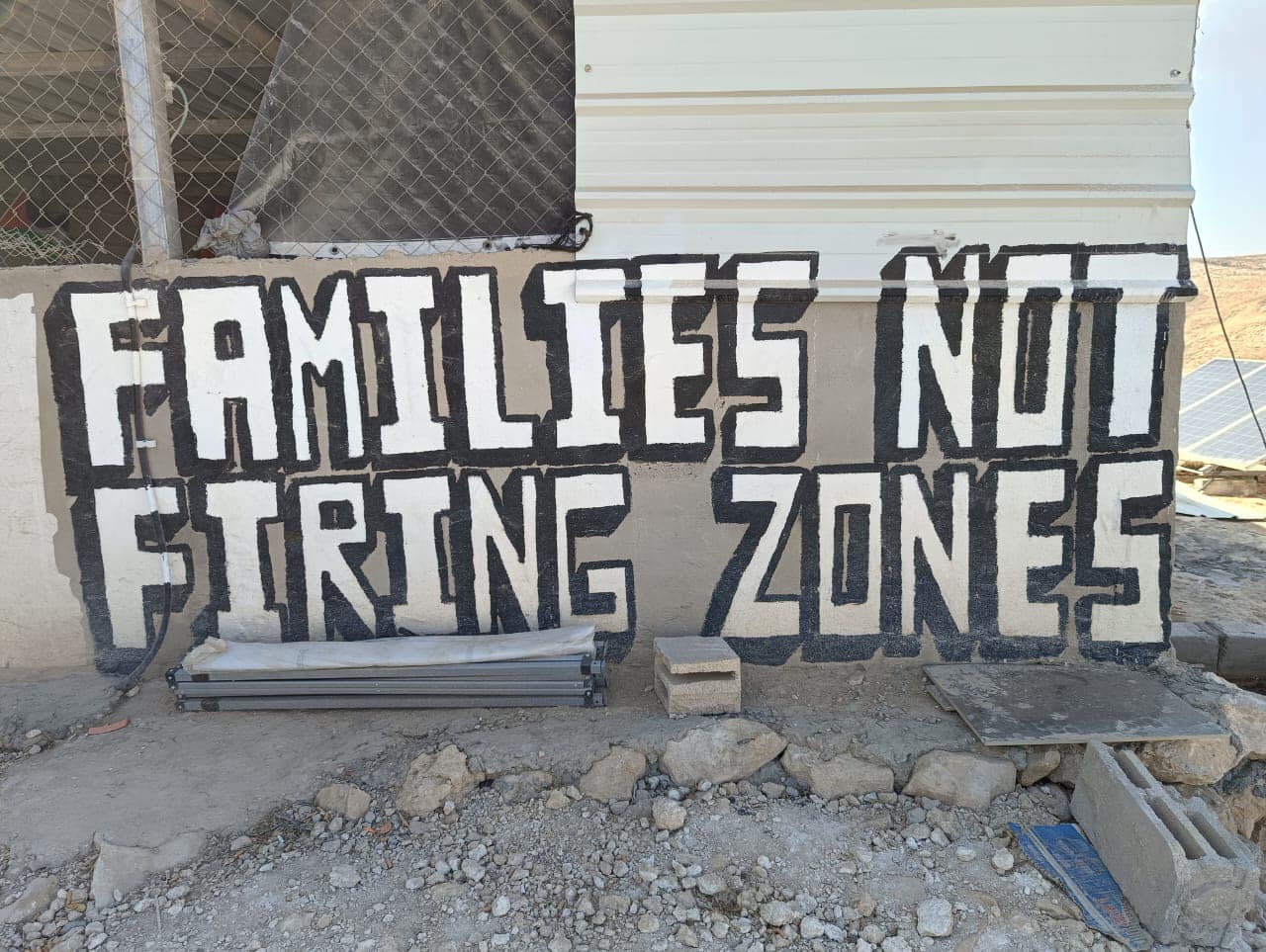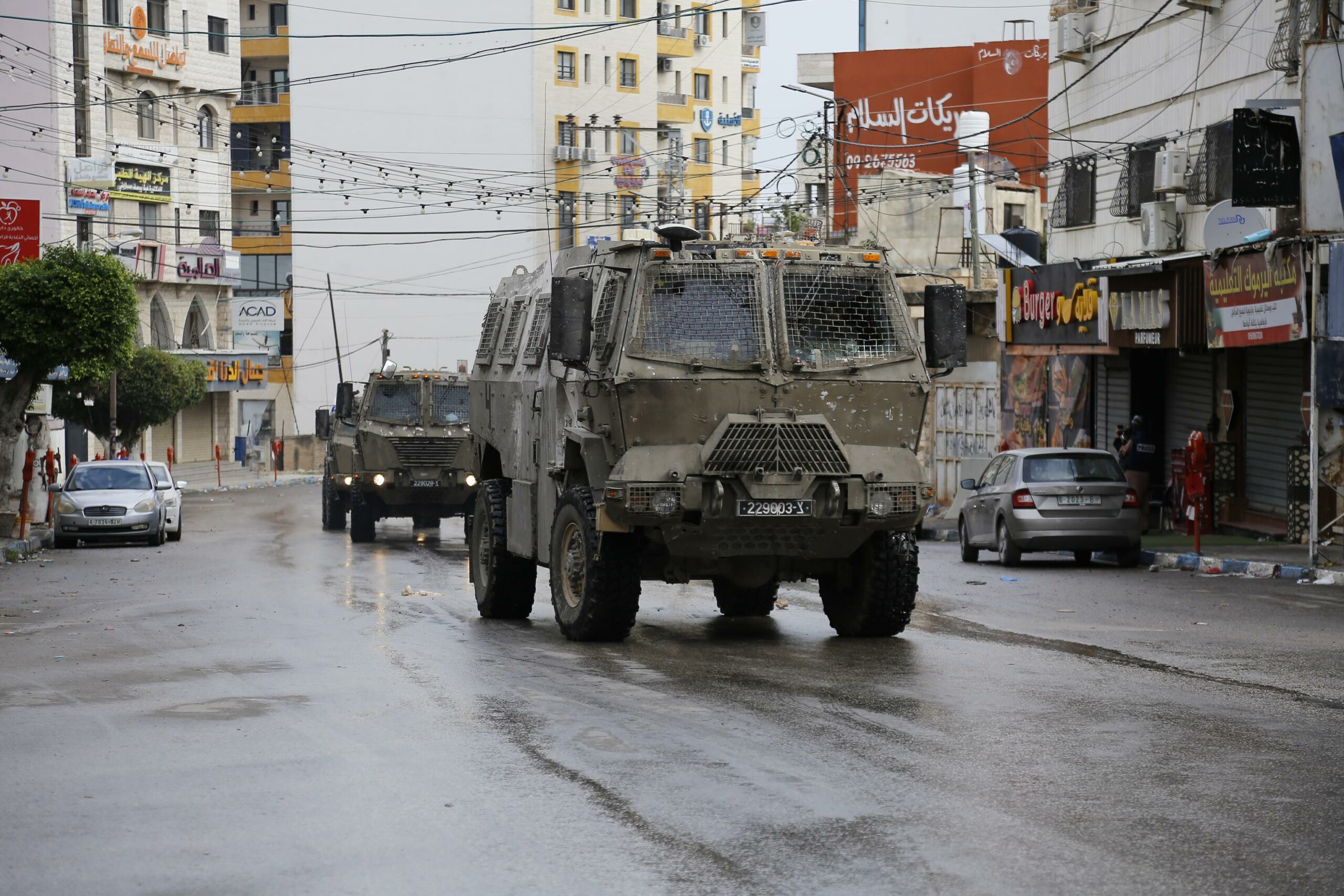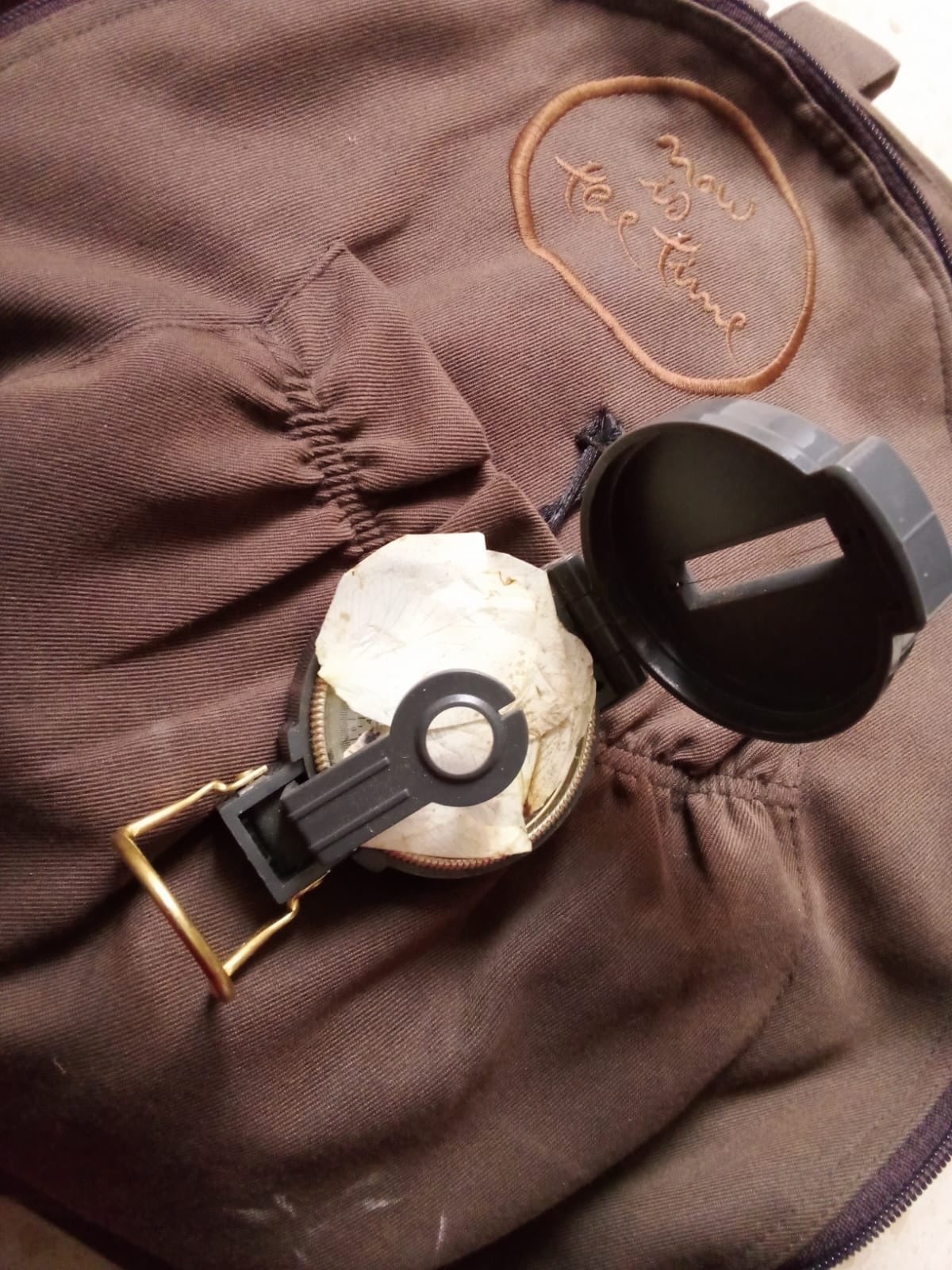-
“Leave, or we kill everyone”: contact your representatives to stop the ethnic cleansing in Masafer Yatta
UPDATED-14 November, 2023, Wadi Tiran in the occupied West Bank, Palestine Thanks to the efforts of human rights volunteers and their supporters, the inhabitants of the village of Wadi Tiran have survived another night. The inhabitants were given a 24 hour warning “”. The volunteers kept a night watch, sleeping in a rota so that […]
-
Another crime committed in Tulkarem camp by the Occupation Forces
14 November 2023 | International Solidarity Movement | Tulkarem By Diana Khwaelid Another crime perpetrated by the Israeli occupation in the Tulkarem refugee camp. The blood of the four Palestinians who were killed about a week ago had not yet dried up before the Israeli Occupation Forces committed a new crime that claimed the lives […]
-
White Roses
When I came to Palestine, I brought with me a compass. And when I open it, covering up what would point me north to find my way is white rose petals. The White Rose Society was a group of people in the center of Nazi Germany who maintained their humanity amid the inhumanity around them […]
Action Alert An Nabi Saleh Apartheid Wall Arrests BDS Bethlehem Bil'in Cast Lead Demonstration Denial of Entry Ethnic Cleansing Farmers Gaza Global Actions Hebron House Demolition International law Israeli Army Jerusalem Live Ammunition Nablus Ni'lin Prisoner Ramallah Rubber-coated steel bullets Settlement Settlers Settler violence Tear-Gas Canister Video



